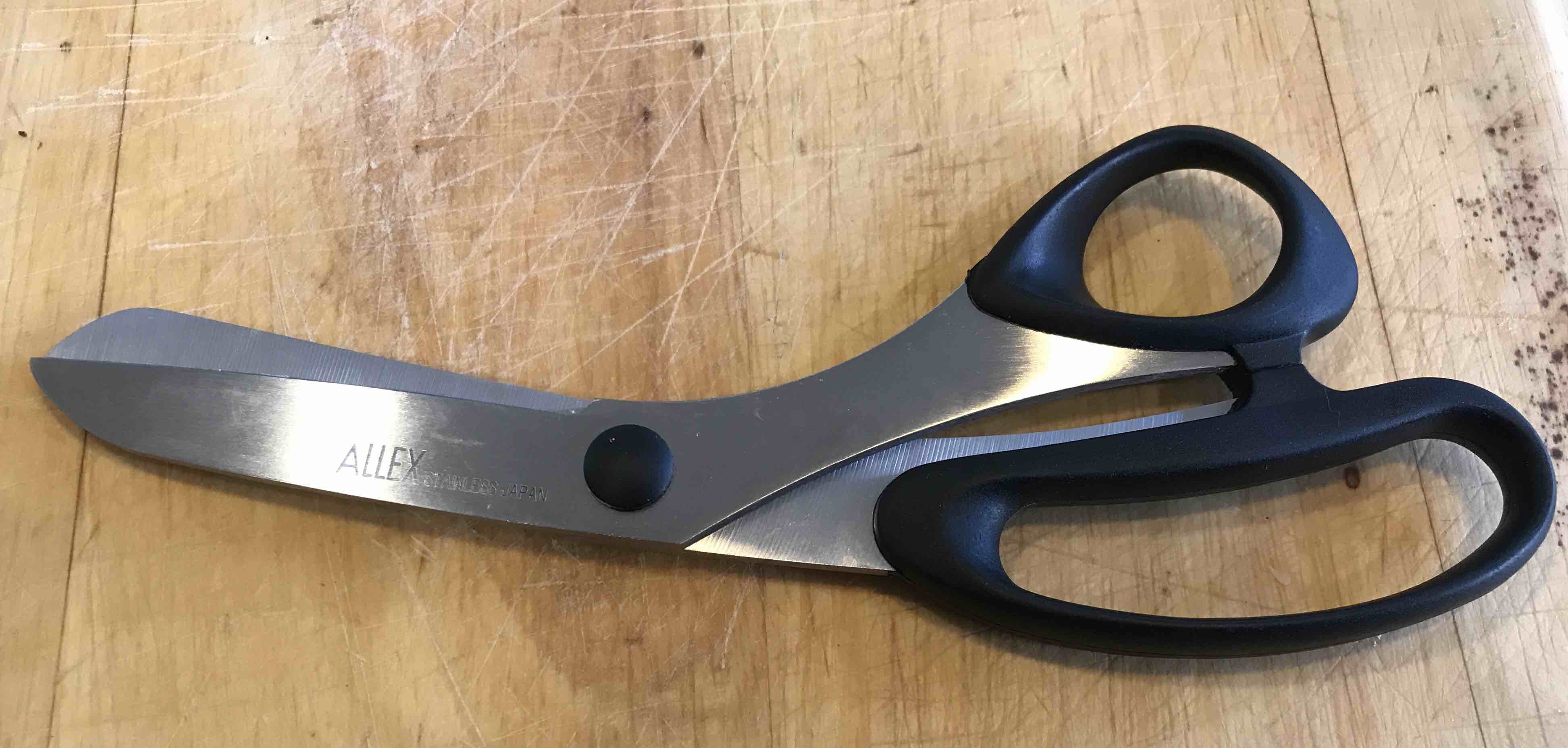November 2023: The Composter Arrives!
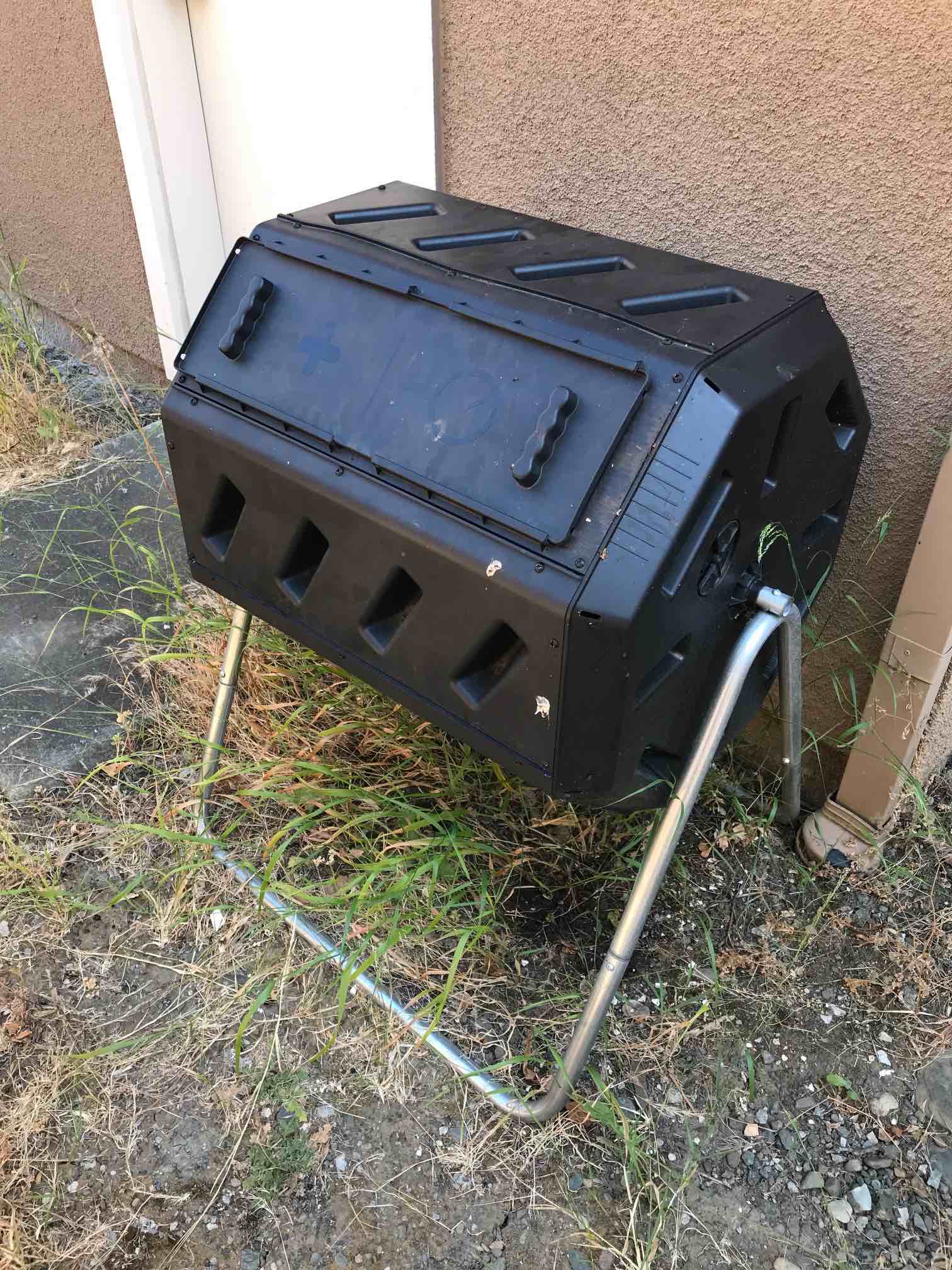 The "FCMP Outdoor Tumbling Composter with Two Chambers for
Efficient Batch Composting" arrives from Home Depot!
The "FCMP Outdoor Tumbling Composter with Two Chambers for
Efficient Batch Composting" arrives from Home Depot!It requires some assembly, but after the assembly this is it (photo taken six months later ...).
What Goes In

Composting requires two types of materials to go along with water and oxygen:
It is slightly annoying that I mostly want to compost
Nitrogen-rich materials and the desired ratio is 3:1
carbon-rich to nitrogen-rich. Oh, well. I can motivate
myself to compost coffee cups from my local coffee shop
[see below for why this was a bad idea] and also pay
attention to non-glossy paper that arrives in the form of junk mail.| Carbon-Rich Materials ("browns") | Nitrogen-Rich Materials ("greens") |
|---|---|
| Plain cardboard (but not coffee cups!) | Vegetables (also fruits) |
| Toilet paper rolls | Grass |
| Paper towel rolls | Used coffee grounds |
| Coffee cup sleeves (Java Jackets) | Egg shells |
| Dry leaves | |
| Egg Cartons | |
| Non-glossy paper |
The container to the left contains cut up coffee cups (sigh!).
The container to the right contains ground up egg shells, used coffee grounds and chopped up vegetables that didn't make it into dinner.
Containers full of these materials go into the composter over a number of months. Every few days I turn the tumbler. It is winter and I'm new to this (and I don't have any 'starter' compost as I will for my later batches ... composting requires various bacteria and once the bacteria get settled in things compost better) and sorting out the correct level of dampness takes some experimenting, but I procede for a number of months.
July 5, 2024: Test Compost With Radish Seeds
 One way to test compost to see if it is "mature" is to
see if plants grow in it. Radishes are excellent for this
because radish seeds sprout quickly. Less than one week after
I planted some radish seeds in a bit of my compost the radishes
had sprouted and I knew my compost was ready to be used.
One way to test compost to see if it is "mature" is to
see if plants grow in it. Radishes are excellent for this
because radish seeds sprout quickly. Less than one week after
I planted some radish seeds in a bit of my compost the radishes
had sprouted and I knew my compost was ready to be used.
July 20, 2024: 2½ Gallons of Compost Ready For Use!
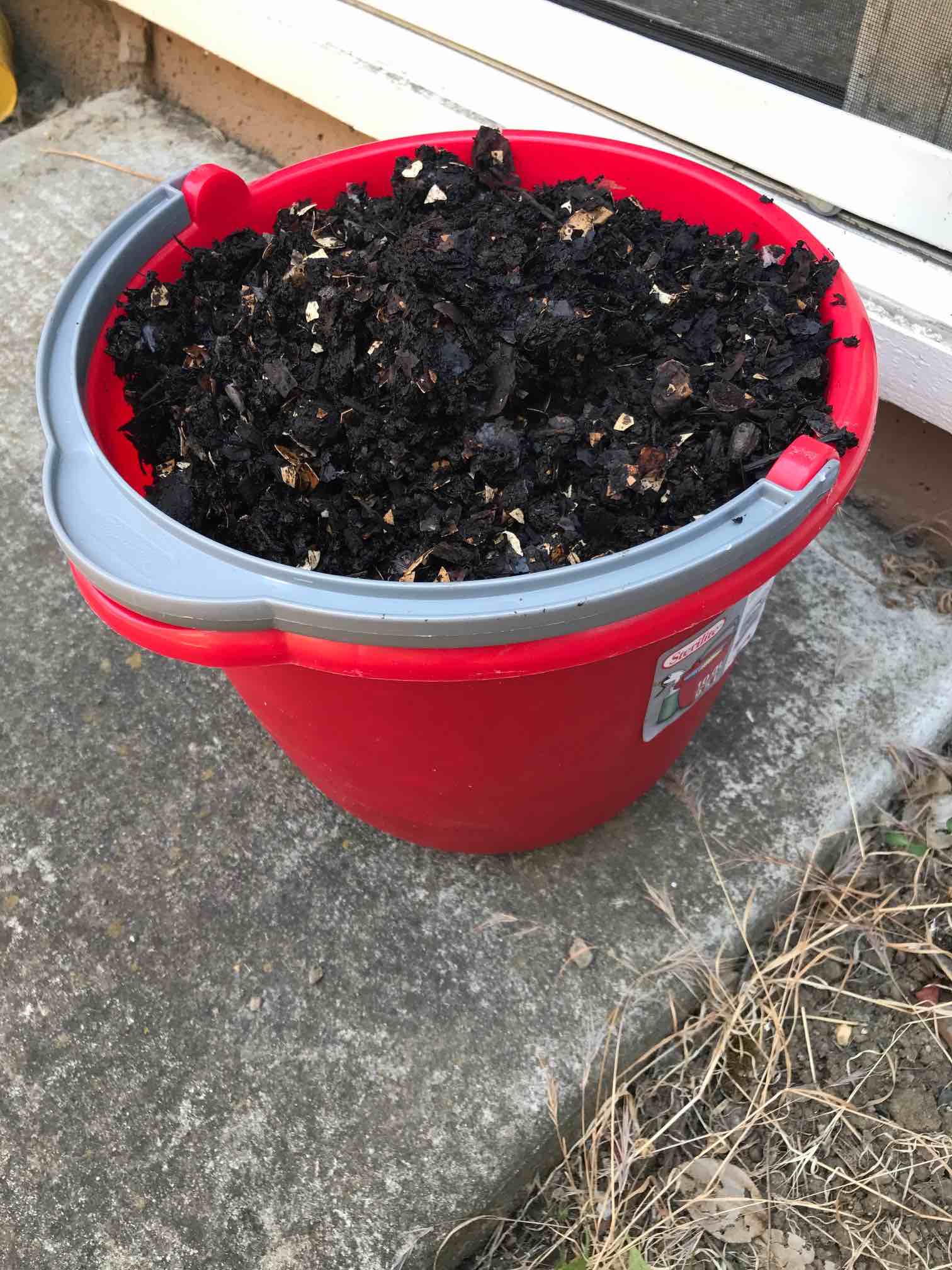 Yay! After a bit more than six months I have about 2½ gallons of
compost!
Yay! After a bit more than six months I have about 2½ gallons of
compost!Home Depot will sell me one cubic foot of compost from Cedar Grove Composting for $5.47.
So I have made $2 worth of compost.
But my compost is artisanal! And organic (I added no chemicals ... and the composting material is carbon bases). And ... um ... hormone free. Free Range (my composter is outside). Probably gluten free, too.
And later I learned that my city provides compost to residents for free. Just show up with ID, a container to hold the compost and a shovel and you can take away up to 200 gallons of compost per day!
Types of Composting
There are two relevant types of conposting:- Worm composting (vermicomposting), and
- Aerobic composting with bacteria and equally tiny microorganisms
- Hot composting, and
- Cold composting
The primary difference is that hot composting goes MUCH faster. The catch is that hot composting requires a MUCH larger pile (maybe a cube 1 meter on each side or larger) to retain the heat and thus raise the temperature.
If one uses a residential tumbler such as the one I have the process will be cold composting and thus take a lot longer to go from ingredients in to compost out. Not a problem, but something to keep in mind when managing expectations. If your composting is taking months and months rather than the few months you might have read about, it is probably because you are cold composting and the article was discussing hot composting.
One should also expect cold composting to take longer during autumn and winter then in spring and summer.
Autumn 2024: The Great Betrayal
I mostly want to compost food waste: egg shells, vegetables. coffee grounds, potatos, etc.These qualify as 'greens' and one wants 3× as much 'brown' material as green in the compost pile. The good news is that cardboard counts as 'brown' material so the egg cartons that hold the eggs count. But I need more brown material than egg cartons and while cardboard counts, colored ink is bad so a lot of the food packaging (e.g. Triscuit boxes) doesn't quite work.
The good news is that some coffee cups are decomposable.
But not all. In fact, not most.
This cup from a local indy coffee shop is not compostable:
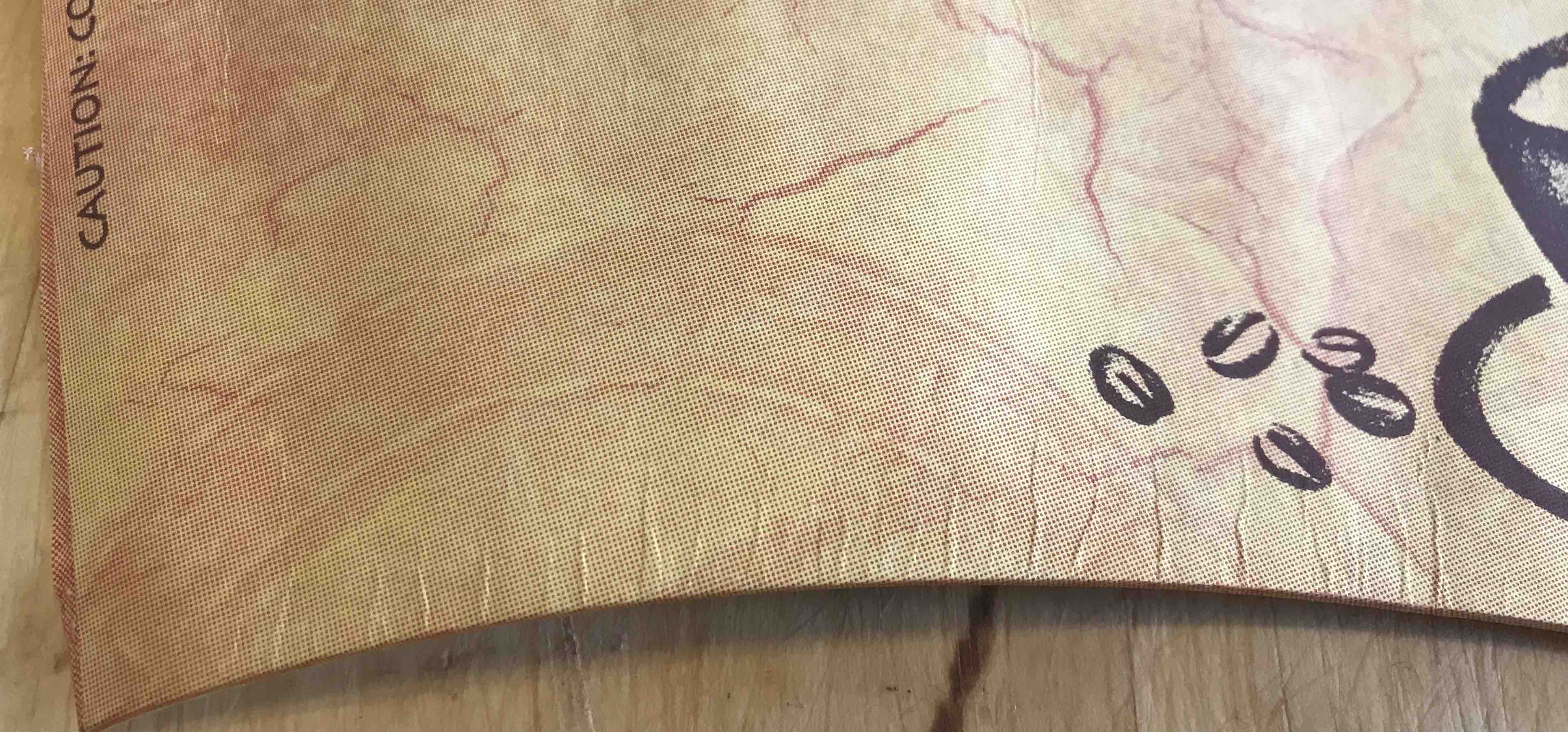
Peets Ecotainer coffee cups are compostable:
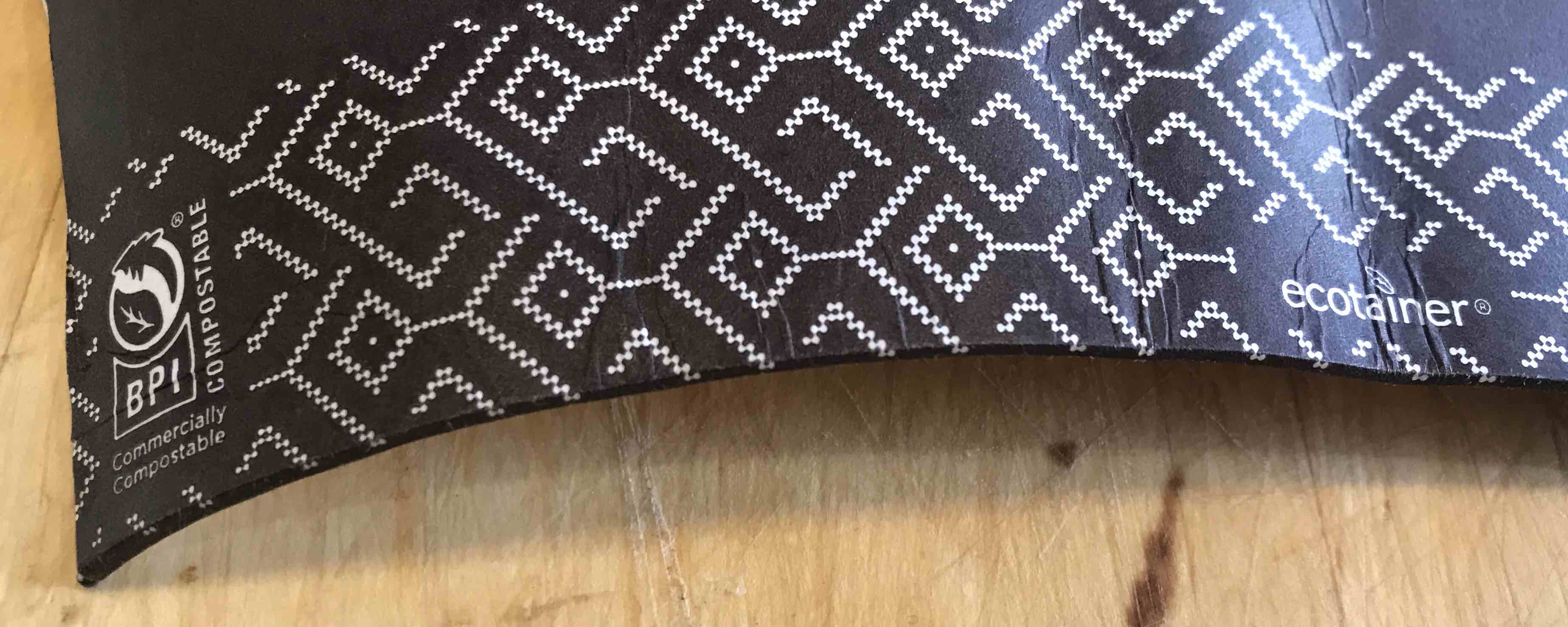
but there is a catch. These cups contain a liner to make them waterproof and that liner will not break down in a back yard composter. The cup is properly labeled as "commercially compostable" (way over on the left) and thus won't provide 'brown' material for me.
However, a second indy coffee shop near me does have compostable cups! They are both "Made from Plants not Oil" and "Compostable" rather than "Commercially Compostable." In addition they have an attractive green leaf design.
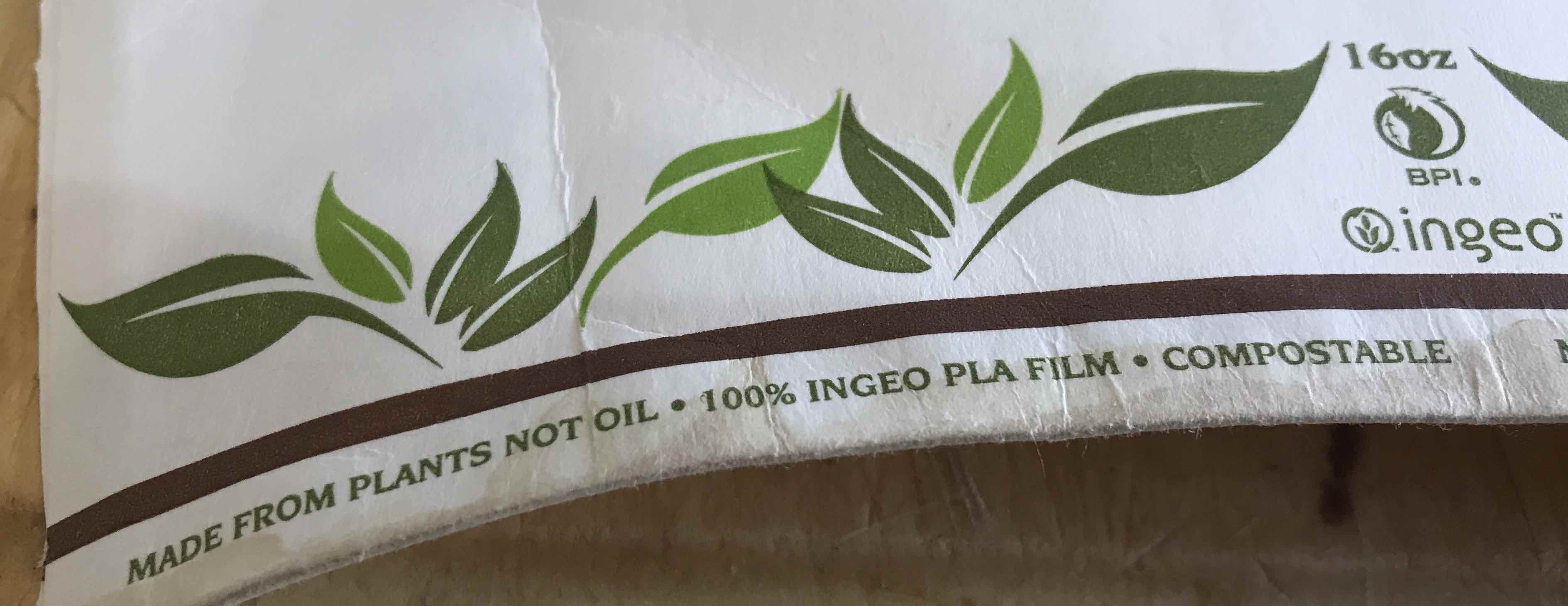
The problem is that in spite of their labeling, they are only commercially compostable. Ingeo PLA film doesn't break down at temperatures achieved in backyard composters (usually not even in hot backyard composters). One can see the sort of left over plastic where I washed away the paper. The partially clear bit at the top is PLA film that will not compost in a backyard composter:
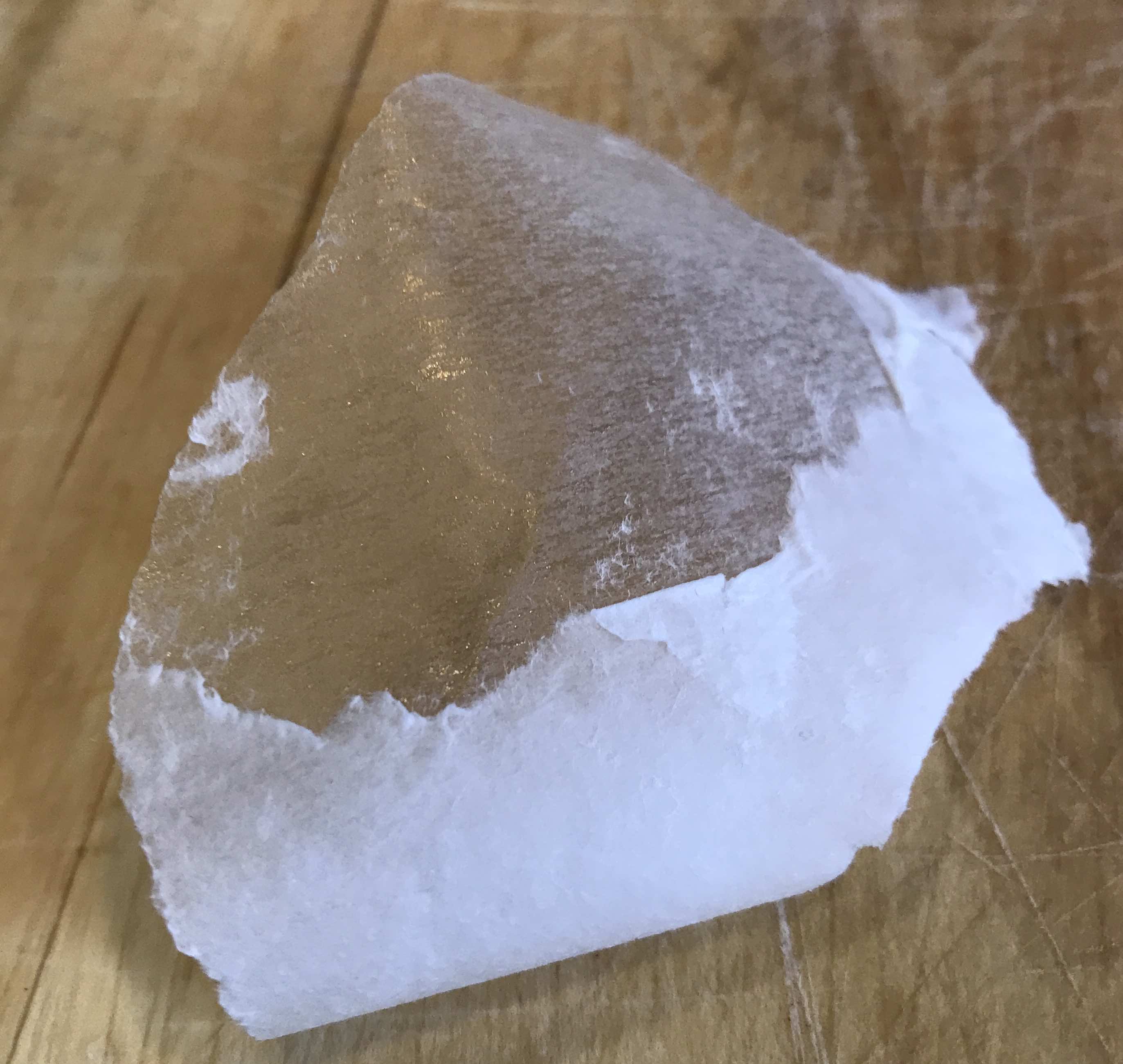
So I now have some compost with the equivalent of tiny bits of saran wrap in it and still need to find a reliable source of brown material.
December 2024: Japanese Cutlery
The solution is to realize that we get enough boxes that do not have ink on them to provide all the necessary brown material.Unfortunatly, the scissors I have been using to disassemble the coffee cups works poorly on thicker cardboard.
Fortunately, the Japanese have a long history of making sharp cutting tools and these Allex Cardboard Cutting Scissors from Hayashi Cutlery do the job nicely!
